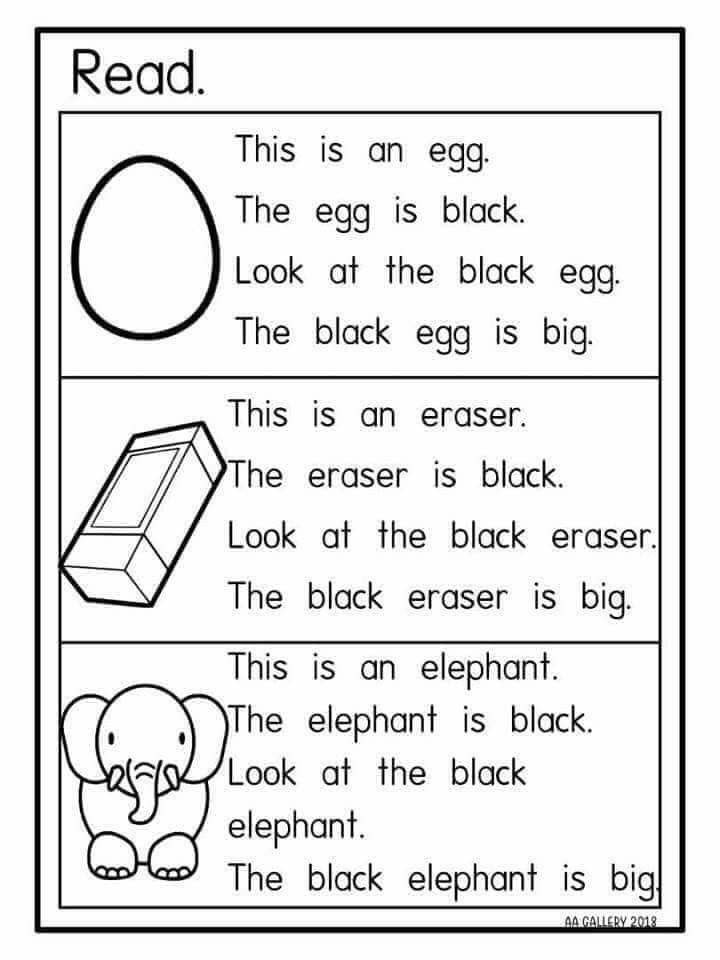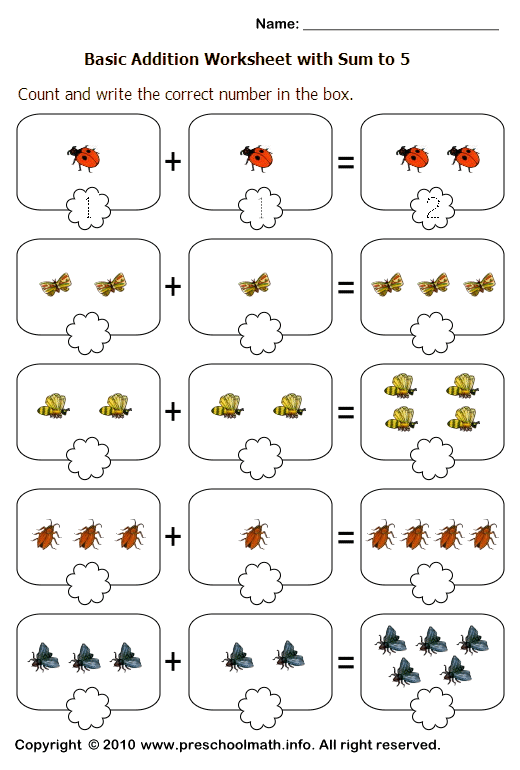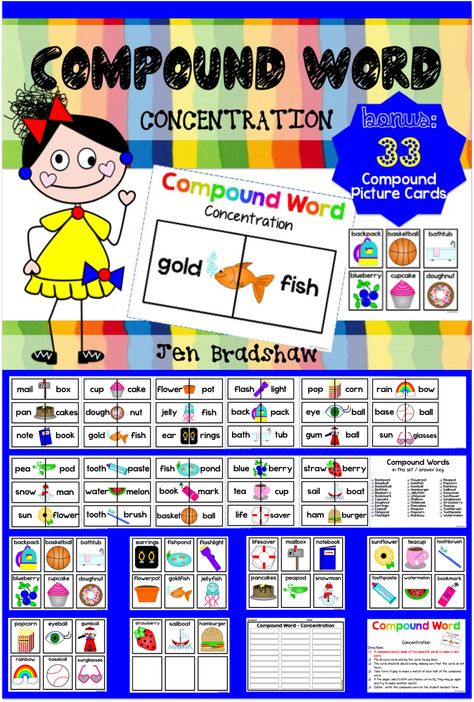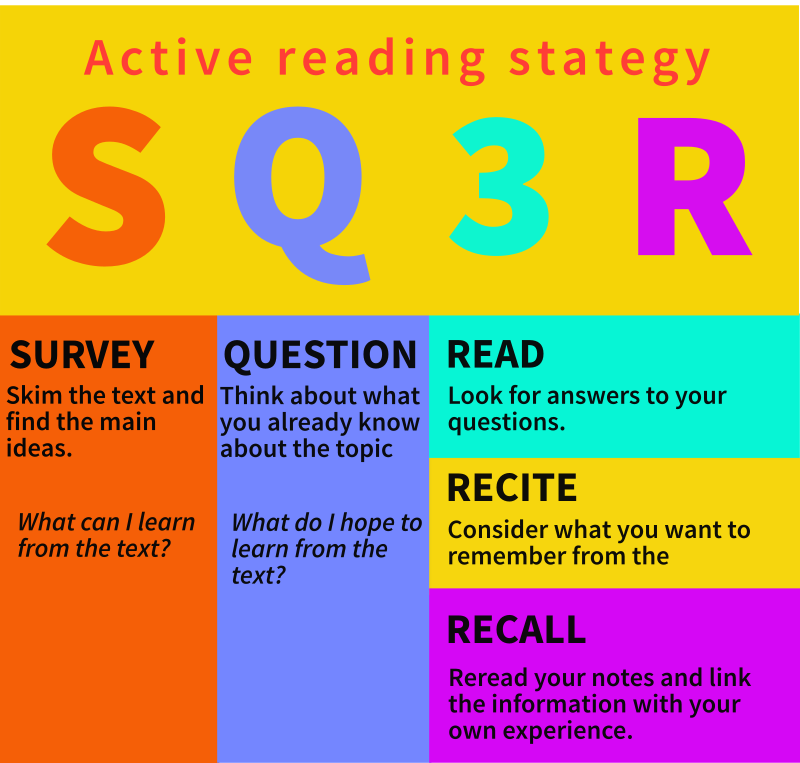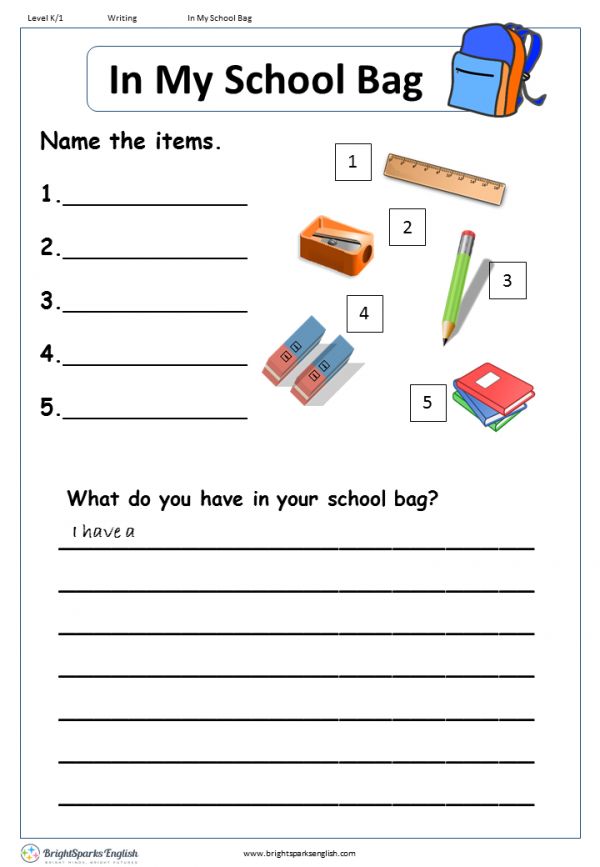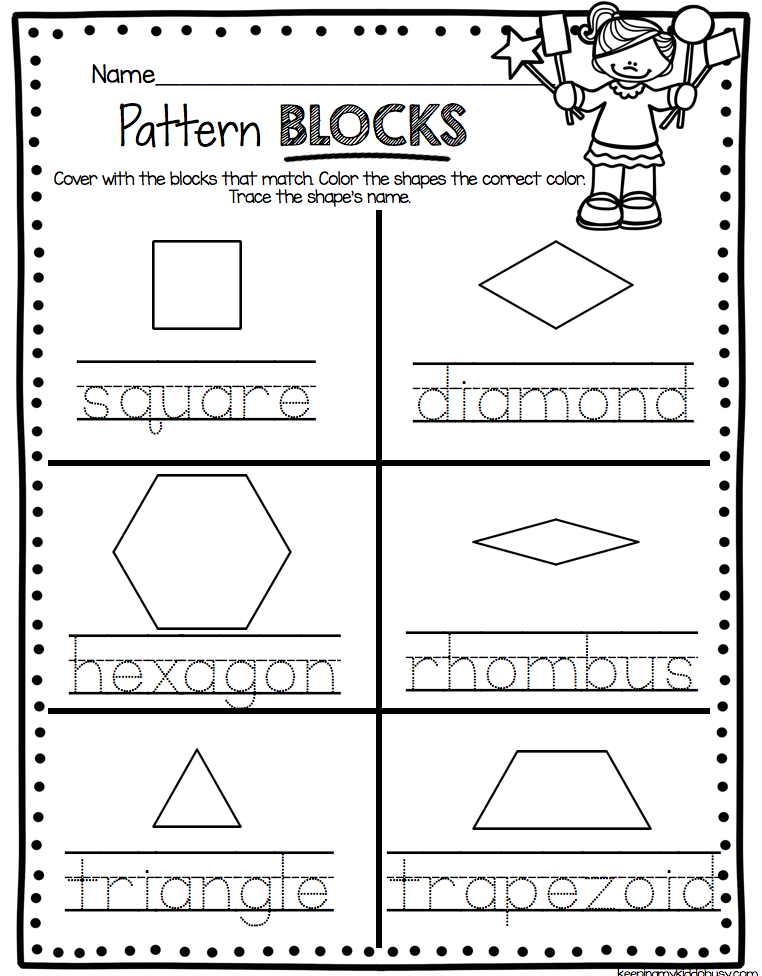Meditations for students
20 Terrific 10 Minute Teacher Guided Meditations
It has been quite a year, to say the least. Whether you are a beginning teacher or a long-term veteran, this has probably been the most challenging year of your career. Regardless of if you are teaching in person, virtually, or in a hybrid model of some sort, you are expending every ounce of your energy trying to reach your students. Many of us have been so caught up in the madness that we have forgotten the most important factor: taking care of ourselves. These teacher guided meditations can be done anywhere and are perfect for when you just need to breathe. So, grab a cup of coffee and catch your breath with any of the 20 below! Additionally, consider sharing them with your students as needed.
1. 10 Minute Guided Meditation for Beginners
This is a great video for anyone, especially if you are new to meditation. Relax and breathe.
2. 10 Minute Guided Meditation for Anxiety
Try this meditation anytime you are feeling anxious to put your mind at ease. Breathe. Just breathe.
3. 10 Minute Guided Meditation to Start the Day
This is one of our favorite teacher guided meditations. Try it first thing in the morning to bring positive vibes throughout your day! Good, good, good, good vibrations.
4. Calming Meditation with Affirmations
Kassandra Reinhardt of Yoga With Kassandra will soothe your soul with these calming affirmations. Check out her YouTube channel for more gentle meditations and a plethora of yoga classes for beginner, intermediate, and advanced yogis. Namaste.
5. 10 Minute Guided Meditation for Inner Peace
Adrienne Mishler of Yoga with Adrienne walks you through this peaceful meditation to help you catch your breath. Her YouTube channel is filled with mediations and yoga classes for yogis of all levels. Catch your breath with her and her adorable dog, Benji!
6.
 Deepak Chopra 10 Minute Guided Meditation
Deepak Chopra 10 Minute Guided MeditationWorld-famous, spiritual guru Deepak Chopra will help you catch your breath with this meditation when you are feeling uneasy. In addition, check out his books and other videos for advice on achieving a more peaceful and balanced life.
7. A Mindful, Self Soothing, Guided Meditation
Join Tamara Levitt to wash your worries away in just 10 minutes. If you enjoy this meditation, be sure to check out more from Tamara through her website and popular app, Calm.
8. Feel Amazing in 10 Minutes
Change your whole outlook in just 10 minutes with this amazing meditation. Breathe in, breathe out.
9. A Grounding Guided Meditation
Join the Mindful Movement to ground yourself while chasing nervous feelings away. Zen starts now!
10. Pave the Way for Abundance and Creativity
Pave the way for abundance and creativity with self-help guru Louise Hay. You should definitely check out her longer meditations and books, too, after this gentle introduction to her. She gives wonderful advice for achieving a happy, healthy, and fulfilling life!
You should definitely check out her longer meditations and books, too, after this gentle introduction to her. She gives wonderful advice for achieving a happy, healthy, and fulfilling life!
11. Feel the Positive Energy from Gratitude
Strengthen your gratitude practice with this 10 minute, positive meditation. Catch your breath and let go.
12. Focus on Self Improvement Guided Meditation
This meditation is a great pick me up, focusing on self-love, acceptance, and forgiveness. Breathe the blues away!
Breathe the blues away!
13. Let it All Go with This Guided Meditation
Forget all your troubles with this guided meditation. Picture ocean waves rolling in and out as you let go.
14. Cleanse Your Chakras in 10 Minutes
Chakras are the seven energy points in the body, from the crown of the head to the base of the spine. They correspond to the nerves, organs, and other body parts. This meditation will help cleanse and align the chakras for peace and calm.
15. Take a Time Out From Stress
Visualize white sand beaches and ocean waves as you catch your breath and take time out from stress.
16. Remove Blockages and Negative Energies
Are you feeling stuck, depressed, or in a rut? Master Sri Akarshana will help you turn those negative thoughts into positive ones. Happiness starts now!
17. Calm Down and Banish Stress With This Guided Meditation
Feeling frazzled or stressed is not enjoyable. Calm down and banish negative feelings with this 10-minute meditation from the Honest Guys.
18. Positive Affirmations to End Your Day
We have all had one of those days where it feels like nothing is going right. This evening meditation is perfect for when you need to shut off your brain and reassure yourself that everything’s gonna be alright.
19. Sleep Well with This Guided Meditation
Boho Beautiful leads this 10-minute meditation to help you sleep soundly. Start counting those sheep before your head even hits the pillow.
20. Evening Guided Meditation from Goodful
Get cozy and ready for a night of deep sleep as you take deep breaths with this 10-minute guided meditation from Goodful.
What teacher guided meditations do you use when you just need to catch your breath? Share in the comments below and just breathe!
Also, check out this article on self-care for more.
Mindfulness for Kids - Mindful
- How to Meditate
- Mindfulness Activities
- Guided Meditation
- Coping with Stress
- Parenting Tips
How to Meditate with Your Kids
By teaching children meditation and mindfulness skills we help them increase their well-being and enable them to meet the stresses of the world with presence, self-compassion, and openness.
In order to help kids of all ages find their way into practicing mindfulness, it can be helpful to give them an easy definition they can relate to.
A Definition of Mindfulness Meditation for Children
Mindfulness meditation, at its simplest, is paying attention to what is happening in the present moment. It may be what you’re feeling, hearing, or anything else you notice. There’s no special place of calm you have to reach and it’s not about clearing your mind, it’s just an honest and kind look at what you’re experiencing in this moment.
A Mindfulness Practice for Families
By Christopher Willard
One easy way to introduce mindfulness to your children is through informal practices that you can do along with them. Start with a simple kindness meditation—offering good wishes and compassion to others.
1. To begin, find a comfortable sitting position. You can even place a hand on the heart. Allow your eyes to close or lower your gaze toward the floor.
2. Bring to mind someone who you really respect and look up to, and who really loves you in return.
3. Notice how you feel as you bring this person to mind.
4. Make a kind wish and send it their way. What would make them happy?
5. Next, bring to mind someone else you love and care about: A family member, a friend, a beloved colleague. Just bring this person to mind, sending this person a kind wish.
We’ll move from here to a more neutral person. Perhaps someone you don’t know very well: A parent you see occasionally in the pick-up line, a person who delivers your mail, or makes your coffee in the morning. Just bring this person to mind and imagine yourself sending them some kind of kind wish.
6. Lastly, bring to mind someone who has frustrated you lately, someone who is a little difficult. Send this last person a kind wish—something nice for them in their life.
7. Check in with your mind and body as you conclude this practice. Allow your eyes to open if they’ve been closed. Notice if there’s any shift
Check in with your mind and body as you conclude this practice. Allow your eyes to open if they’ve been closed. Notice if there’s any shift
Why Teach Mindfulness to Children?
When we teach mindfulness to kids, we give them the tools they need to build confidence, cope with stress, and relate to uncomfortable or challenging moments. The earlier we do so in their young lives, the greater the opportunity to help them cultivate resilience and develop and refine their mindfulness practice as they mature.
Teaching mindfulness to kids can also help shape three critical skills developed in early childhood: paying attention and remembering information, shifting back and forth between tasks, and behaving appropriately with others. These abilities are known as executive functions and they are essential for more advanced tasks like planning, reasoning, problem-solving, and positive social relationships.
There Benefits of Mindfulness for Kids
Studies show that the benefits of mindfulness for kids may include:
1. Increased focus, attention, self-control, classroom participation, compassion.
Increased focus, attention, self-control, classroom participation, compassion.
2. Improved academic performance, ability to resolve conflict, overall well-being.
3. Decreased levels of stress, depression, anxiety, disruptive behavior.
Mindfulness Activities for Kids
To introduce the idea of mindfulness more directly to your kids, you can use exercises that encourage them to tune into their senses. Make a game out of eating a snack very slowly, savoring the smell, texture, and taste. Or, dive into an afternoon of glitter jar making with any variety of materials: glitter, different-coloured beads, food colouring and oil, pieces of lego. The DIY craft doubles as a creative exercise and a mindfulness tool to represent the mind settling.
An Appreciation Practice for Children
By Susan Kaiser Greenland
Leading the game:
- Ask your child: “Do you ever feel disappointed by something or someone?”
- Ask: “How did that make you feel?”
Acknowledge their feelings and, if appropriate, talk about them.
- Say something like: “I bet even when you’re feeling disappointed there are good things happening in your life, too. Let’s name three good things together.”
Tips for naming three good things:
- Remind your child that the point of this game isn’t to pretend they’re not upset when they feel upset. It’s to remember that they can feel two things at once: they can feel grateful for good things while feeling sad, hurt, or disappointed by challenges.
- If children or teens have trouble thinking of three good things on their own, brainstorm and help them discover some.
- When kids understand that this game is not about sweeping their feelings under the rug, the phrase “three good things” can become a playful and humorous response to the minor gripes that show up in family life.
- Parents can encourage kids to remind them to name Three Good Things when they’re stuck on a trivial disappointment or minor annoyance, too.
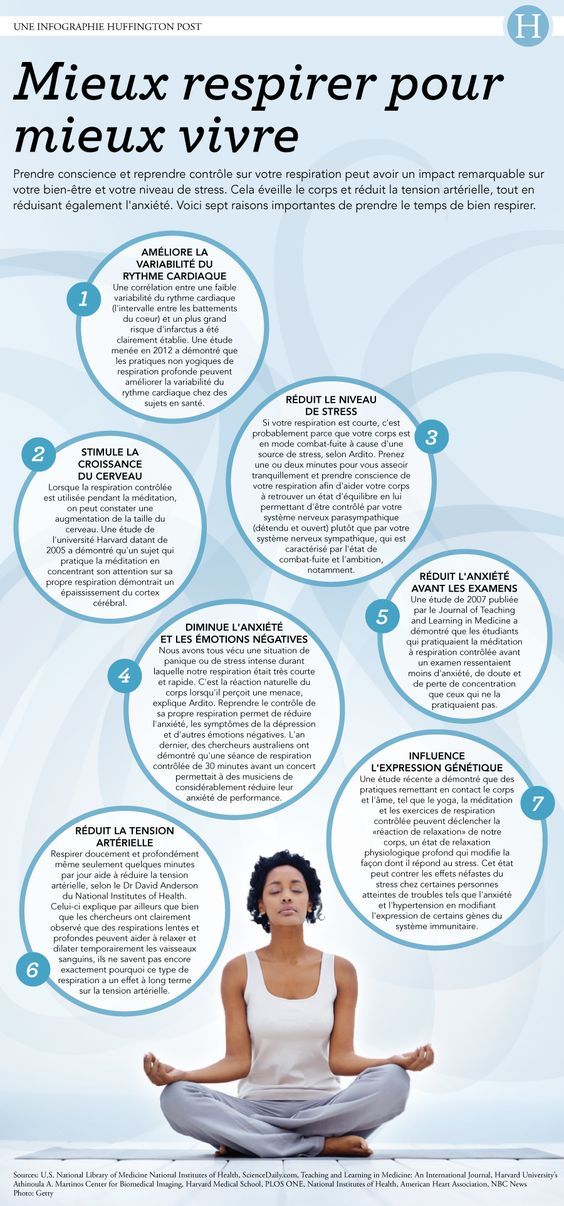
- To develop a habit of thankfulness, play Three Good Things around the dinner table, before bedtime, and at other times when the family is together.
Guided Mindfulness Meditation for Children
Once your child is comfortable with the idea of meditation, you can offer them tools to refine their own practice. Here are three guided practices developed for kids. Feel free to join your child in these meditations if it helps encourage focus.
An 8-Minute Practice to Notice Positive Moments
A Mindfulness Practice for Kids: Coming Back to the Positive—From Dr. Mark Bertin
- 8:00
- Lie down somewhere comfortable. Let your arms and legs fall to the ground. Close your eyes gently.
- Start to notice how your body changes with each breath you take. Each time you breathe, your belly moves up, and your belly moves down. If it is easier, put a hand on your belly. Or if you want, put a stuffed animal there.

- Each time you breathe, your belly moves. Your hand, or your toy, rises, and then falls. See if you can count ten breaths that way. Breathing in, one, breathing out, one.
- When you lose count, don’t worry about it. That’s normal, and happens to everyone. Come back to whatever number you last remember.
- Now, shift your attention to your day. Breathing in, focus on your breath as your belly goes up. Breathing out, focus on something that went well today.
- With each breath: breathing in, noticing your belly move, and with each breath out, noticing something that went well today.
- Now, picture something about yourself that makes you proud. Breathing in, focus on your belly moving. Breathing out, picture something that makes you proud of yourself. If nothing comes to mind, that sometimes happens. If that’s how you feel, picture what you’d wish for yourself instead.

- Finally, bring someone to mind who makes you happy. Before we end, try one more practice. Breathing in, notice your belly move. And now, breathing out, picture someone who makes you happy.
- As you come to the end of this practice, take a few deep breaths, and start to wiggle your arms and legs. Pause and decide what you’d like to do next.
- It’s normal to have thoughts that make us feel scared or bad. We should never ignore anything important, but it’s useful to focus on the rest of our lives too. Take a few minutes every day to notice what has gone well, and see what happens next.
Guided Audio Practices for Kids
1. A Meditation for Preschoolers
This guided practice will help you teach your child the basics of mindfulness by drawing on the elements of nature. Follow along as your child observes their experience and explores their strength within.
Be Like Nature: Mindfulness for Preschoolers—From Scott Rogers
- 4:00
2.
 A Meditation for Young Kids
A Meditation for Young KidsA body scan meditation is a great way to help your child bring attention to the present moment—especially when emotions or thoughts are overwhelming. They’ll learn to explore sensations in the body while bringing calmness, attention, and appreciation to daytime routines or bedtime rituals.
A Calming Body Scan: Mindfulness for Kids—From Dr. Mark Bertin
- 11:39
3. A Meditation for Teens
Preadolescents and teens can practice mindfulness the same way as adults. Although, practices geared toward this age group often feature language that is more engaging to them. Here is an 8-minute practice, appropriate for older kids, that uses counting breaths to cultivate mindful awareness.
Count Your Breaths: Mindfulness for Teens—From Dr. Mark Bertin
- 8:13
Sign up for our FREE resilience kit
Mindfulness Practices for Families and Kids
Sign up now
Helping Kids Cope with Stress
Mindfulness practice can offer your child stress management strategies to calm their nervous system.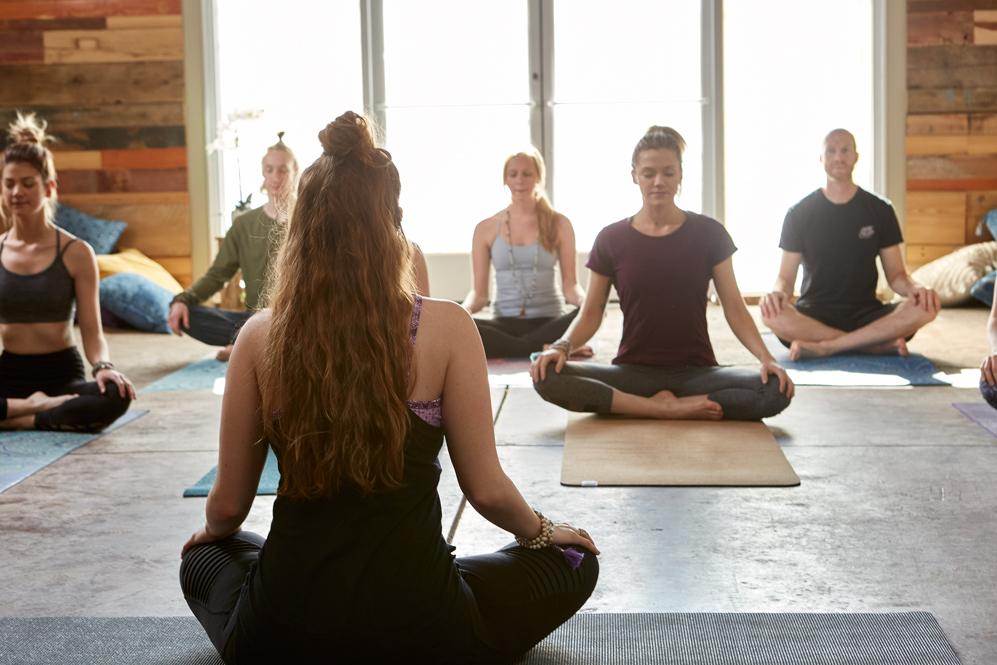 Below are a few kid-friendly breathing techniques you can demonstrate and do with them.
Below are a few kid-friendly breathing techniques you can demonstrate and do with them.
5 Mindful Breath Practices for Children
1. Belly Breathing
When breathing in, the belly expands slightly; and when breathing out, it contracts. Do several rounds and return to normal breathing.
2. Mindful Breathing
Simply notice the breath and feel it move in the body. You can add visuals and words to make the practice more engaging. For example, on the in-breath ask your child to repeat the phrase, I am a lake and on the out-breath, I am calm. This technique can be adapted to use any visual and taps into the power of imagination.
3. Teddy Bear Breath
This is a great variation of the belly-breathing practice for little ones. Have them lie down with a teddy or stuffed animal on their belly, and let them watch as it moves up and down while they breathe, as if they are rocking it to sleep.
4. Four Square Breathing
This practice is a useful tool for older children.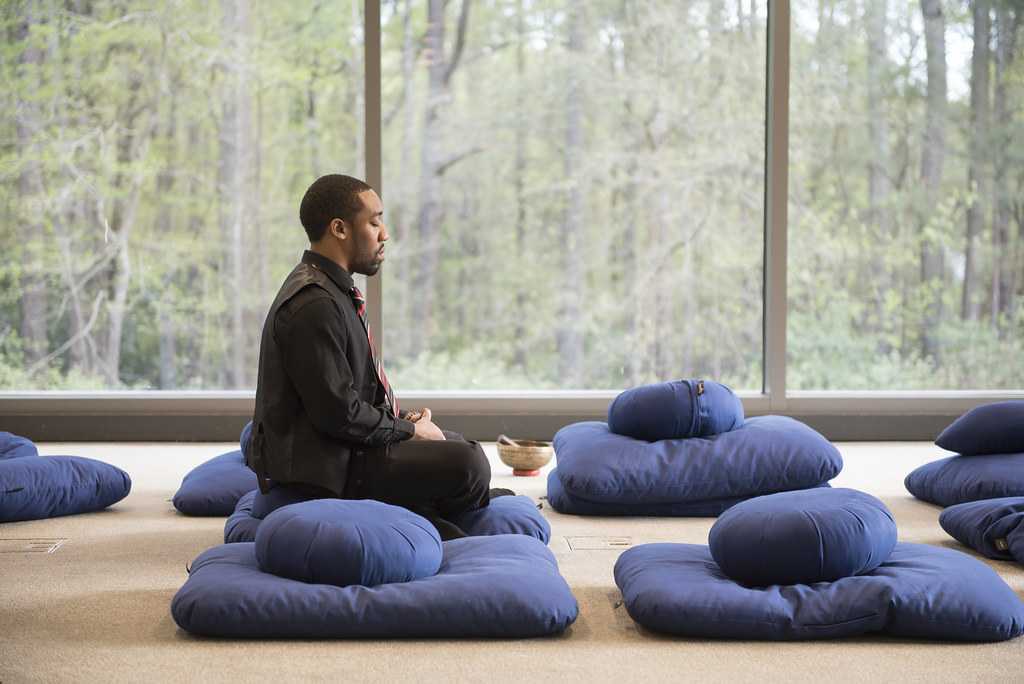 Breathe in for a count of four. Hold the breath for a count of four. Breathe out for a count of four. Hold the breath for a count of four. Do several rounds and return to normal breathing.
Breathe in for a count of four. Hold the breath for a count of four. Breathe out for a count of four. Hold the breath for a count of four. Do several rounds and return to normal breathing.
5. Basic Breath Ball Practice
You can use a Hoberman sphere—a geodesic dome that can be folded and unfolded—to teach your child basic breath awareness. The toy can be referred to as a breath ball because the dome’s movements mimic the movements of breathing: as the dome folds inward, we imagine the out-breath contracting; as the dome expands, we imagine the lungs expanding on the in-breath.
1. Using both hands, gently hold the breathing ball in front of your belly.
2. Hold one square on opposite sides of the sphere’s surface.
3. Take a deep breath in. As your belly expands, let the ball expand with it.
4. Breathe in fairly slowly, maybe holding momentarily at the top of the breath as you fully expand the ball.
5. As you breath out, allow the sphere to contract to its smallest size.
6. Repeat a few times. You might even count along in a rhythm.
Mindful Parenting Tips
By Elisha Goldstein and Stephanie Goldstein
It’s important to follow the oxygen mask principle: put your own mask on first, before you help your child. The more we discover how to be mindful ourselves, the more we can turn to mindful parenting strategies and appreciate our children’s capacity to be present in each moment.
There’s an inner skill set called for in parenting—an awareness of what is, what’s changing, and what matters going forward. In day-to-day life, take the time you need to notice your own feelings, pause before responding, and practice listening.
7 Things Mindful Families Do Differently
1. Embrace Imperfection
You are going to make mistakes, you are going to hurt your children’s feelings, and you are not going to be able to show up in all the ways you want to or the ways your children want you to, but none of that makes you a bad parent—it only makes you a human one. When you can move into a place of acceptance of this you are able to shift into a greater ease and grace within yourself.
When you can move into a place of acceptance of this you are able to shift into a greater ease and grace within yourself.
2. Listen with Curiosity
When we pause and listen to each other more in our lives, we can engage the experiences in our family with a growth mindset. We can see the struggles and triumphs as opportunities for learning and growth. Instead of judging each other, we can get better at recognizing when we don’t understand where the other person is coming from, lean in with curiosity and say, “tell me more.” Or we might try and stand in their shoes to understand their perspective by asking ourselves, “why might they be acting this way?”
3. Communicate Courageously
Being clear and honest with each other about what you need and how you feel is ultimately an act of kindness that creates trust and connection. This means showing up with our partners and kids with an open heart and an open mind. It builds on listening with curiosity and creates space for everyone to feel comfortable to share how they feel and what they need.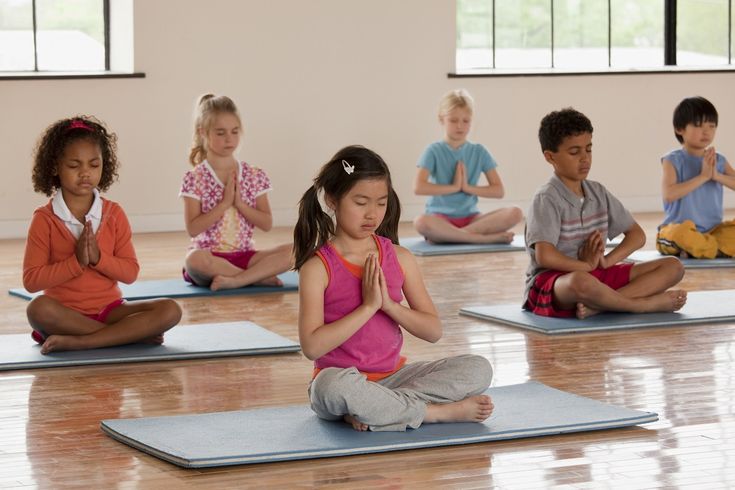
4. Practice Appreciation and Gratitude
While words of affirmation may or may not be your primary love language, we all want to be seen and appreciated and there’s a surprisingly simple way of doing this that can have huge benefits—intentionally practicing being appreciative and expressing gratitude to one another. By taking the time to acknowledge our kids or our partner when they empty the dishwasher or are ready on time, we can shift the culture of the household from demanding and frustrated to cooperative and grateful
5. Forgive Ourselves and Each Other
In practicing mindfulness we come to understand that our mistakes aren’t signs of failing at being a human. Instead, they are opportunities for learning about the inevitable pitfalls of life, what gets in our way and understanding the optimal route to get back into a space of balance and connection.
The simple phrase of “forgive, investigate and invite” can be enormously helpful. If we have transgressed, we can set the intention to “forgive” ourselves for this wrongdoing, understanding that we can’t change the past, remembering that we aren’t perfect, and realizing that we often make mistakes out of ignorance, confusion or upset feelings.
6. Practice Support and Generosity
Our kids are always watching us, learning how to be in the world and modeling our behaviors. So it’s important that we model this way of being in the world and include them in these acts as often as possible. Want some ideas? You can consider getting involved in service projects at a local school or organization. You can encourage your kids to make pictures or cards for their grandparents or someone who is ill. These small or large acts are the essential healing agent within the family system, our culture, and the world. Ultimately, connection is the cornerstone of well-being and it starts in the family.
7. Remember to Play and Have Fun
It seems silly to say that any of us would forget to have fun and enjoy each other but it’s more common than you think. Raising children is probably the most important job you will ever be tasked with and the pressure of raising good humans can be weighty. So much so that we can fall into a pattern of taking things too seriously and being overly focused on tasks (chores, homework, activities, etc. ) that we lose the enjoyment of being together.
) that we lose the enjoyment of being together.
10 Powerful Meditations for College Students
College life can be stressful, but that doesn't mean students should let stress take over their lives. By incorporating meditation into daily life and practicing meditation techniques for college students, students can not only reduce pressure, but also improve their memory, concentration, and ultimately their grades.
For many students, the college experience conjures up images of night parties, a frightened freshman 15, sleep deprivation, and hangovers. nine0003
However, no one said it had to be, and many students use college as an opportunity to explore new, healthy lifestyles they may not have experienced at home.
Those already accustomed to a healthy life can use their increased independence to tailor their healthy practices to their specific needs.
In this part, we will look at 10 Powerful Meditation Resources for College Students and related meditation tips. nine0003
nine0003
College is an ideal time for students to maintain physical and emotional well-being and well-being. in other words, to find their zen. Technically, Zen is a specific mind-body practice that comes from Chinese Buddhism.
However, because of the emphasis on meditation, personal insight, and self-expression, Zen is often used as a collective term to describe a general sense of physical and mental balance.
Are mindfulness and meditation the same thing? nine0006
Although mindfulness and meditation are closely related, they are not the same. This section contains information about mindfulness and meditation, and the benefits of practicing both.
What is mindfulness?
Every day, students face distractions that prevent them from concentrating on the work they need to do. Mindfulness is the cure for these distractions that advances life today and focuses on what is happening. nine0003
Mindfulness not only increases awareness; it also helps people not to be overwhelmed and overreact to what they experience from one moment to the next.
Although meditation can help increase mindfulness, people can practice mindfulness with every daily activity. Whether students are studying, spending time with friends, or sitting in a classroom, they can practice mindfulness by simply conveying the meaning of everything they do.
What is meditation?
Meditation is a process in which people create a feeling of deep relaxation and calmness by calming their mind. This can be achieved by focusing on a specific point in the room, chanting a mantra, visualizing or focusing on the breath.
Although many people think that meditation is only done while sitting cross-legged on the floor in the lotus position, meditation can be practiced while standing, walking or lying down.
Meditation can be done alone, but is also related to yoga, tai chi and qigong.
Why meditation?
Meditation about connecting with the individual self. It offers space for personalization and there can be a transition between different types of meditation practices, depending on which methods are best for the individual.
Meditation can help us relax in the present moment. By allowing yourself to listen and feel deeply, meditation uncovers the little miracles that happen throughout the day. By simply being silent and accepting what is happening, we can become more focused and less anxious. nine0003
What are the benefits of meditation for students?
Meditation is a great way to improve your health. And the benefits of these practices can also affect your academic life. Here are a few ways students can benefit from meditation.
Relieve Stress and Anxiety
College attendance is a high-pressure environment in which some students may feel intimidated by the constant demands. Research shows that regular meditation can help reduce anxiety by lowering the levels of stress hormones in the body. nine0003
Increased focus
People who practice mindfulness and meditation tend to focus on tasks and avoid distractions.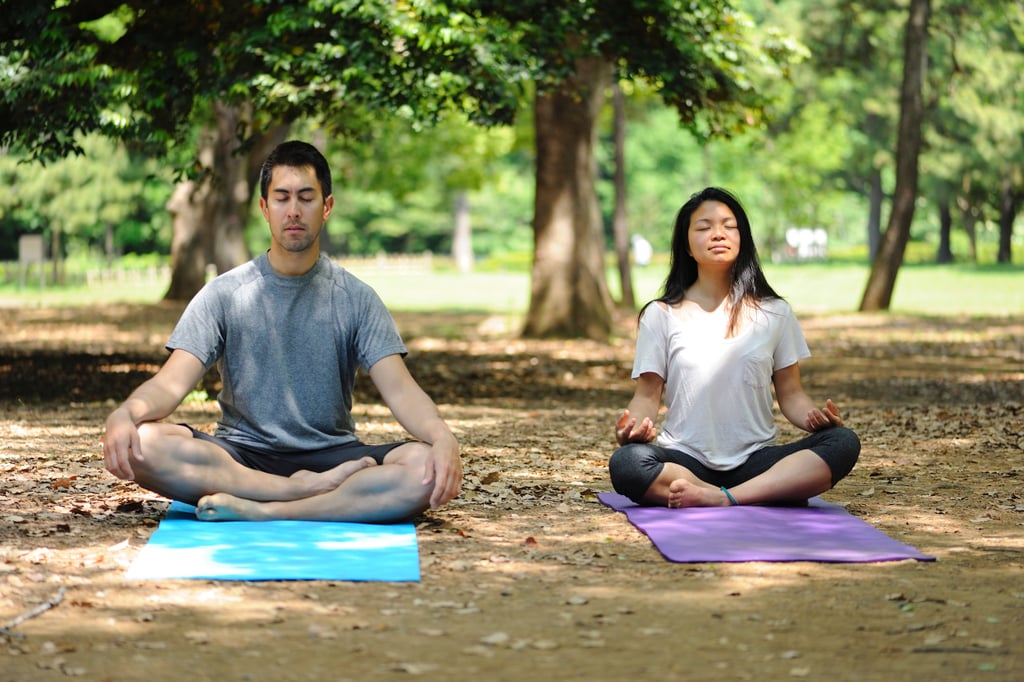 According to awareness and cognition studies that compared study participants who practiced meditation with those who did not, the mindfulness group had higher attention spans and cognitive flexibility.
According to awareness and cognition studies that compared study participants who practiced meditation with those who did not, the mindfulness group had higher attention spans and cognitive flexibility.
Enhanced Memory
High academic achievement requires a sharp memory, and mindfulness practice can go a long way in improving students' ability to remember course material. nine0003
A study in the psychological sciences found that students who did mindfulness exercises had short-term memory. They were also less likely to be distracted and had improvements in verbal thinking.
Creativity
Confident minds also enjoy finding inventive solutions to problems and puzzles. Good teachers usually appreciate students who are willing to think outside the box.
Meditation has been shown to enhance creativity and empower curious minds to stimulate innovation. nine0003
Possible reduction in drug abuse and addiction
Meditation often focuses on self-care, which improves self-esteem for some students and may lead to less addiction or reduced compulsions to addictive substances.
Increased confidence
Good physical and mental health, along with mindful practices such as meditation, can lead to increased self-esteem.
Types of meditation practices for students
The purpose of meditation is to be aware of the present moment. Sounds simple, but the monkey mind is strong and keeps pumping us into the past and the future. To stay centered, you can use a variety of meditation techniques and find one that works well for you:
#1 Breath Awareness
Meditators have a simple reason to focus on the breath: it anchors us in our bodies. When we hold our breath - every breath in, every breath out - we stay connected to the present moment. nine0003
Do not control your breathing, but be curious. Watch the air flow that flows through you. Feel the air hitting your nostrils, fill your lungs and exit. Whenever your mind wanders, use your breath as a means to take control of your mind again.
# 2 body scan
Start at the top of the head. Pay attention to sensations, tightness or resistance. Can you relax this area at all? Then train your forehead and again pay attention to the sensations and tensions to relax this area. nine0003
Move down slowly - focus on your eyes, cheeks, jaw, neck, shoulders, arms, chest, stomach, fingers - down to your toes. Like breathing meditation, this exercise strengthens you in the present moment and creates a systematic way to release the stress your body is holding onto in the past.
# 3 guided meditation
If you find it difficult to concentrate, try guided meditation. Guided meditations are available on apps (see recommendations below) and can be targeted at different goals such as sleep, concentration, happiness, self-confidence and relaxation. nine0003
Some have background music and sounds, others do not. Some include repetitions, others hear you silently. Try different ways to find a guided meditation that suits your personality and needs.
No matter which method you choose, remember to be gentle with yourself and start over. Your mind will wander. This is part of the process.
#4 Take a deep breath
Deep breathing helps to slow down the mind and heart rate, which can go a long way towards relieving stress. When students are afraid of an upcoming assignment or test, they can calm down by taking deep breaths to focus on the task at hand. nine0003
# 5 Keep a gratitude journal
When students are stressed about school, they may focus on those negative feelings that can eventually lead to depression and anxiety. Keeping a gratitude journal can cut through negativity and remind students of the good things that are happening in their lives despite the stress.
By taking a few minutes each day to write down what you are grateful for, students can break down the negative chatter in their heads and retreat to the present moment. nine0003
# 6 Attention to nature
Nature is everywhere, but often people ignore it because they rush through their busy days. When students go to class, they are probably thinking about their work and don't appreciate the things, trees, grass, and sun on campus.
When students go to class, they are probably thinking about their work and don't appreciate the things, trees, grass, and sun on campus.
By paying attention to these things and appreciating them, they can enjoy the moment instead of worrying about what to do next.
# 7 Do One at a Time
Students often do more than one task at a time. However, this practice can overload the mind and increase stress. nine0003
Ultimately, this results in students being less efficient and effective. Instead, students can become aware of their work by prioritizing tasks and focusing on one thing at a time.
# 8 Visualize
Athletes, actors and leaders use visualization to see themselves as successful, which helps them overcome feelings of self-doubt and fear.
Students can also incorporate this mindfulness exercise into their day by watching them take a test, get a good paper grade, or improve their GPA. This will help them build their trust. nine0003
nine0003
# 9 Keep your expectations under control
If you didn't believe that meditation could lead to greater well-being, you wouldn't care. Follow these expectations.
Expectations of what will happen when you begin to sit can be a major obstacle. Some people think that they will experience transcendent states of mind, others expect immediate peace of mind, and yet others believe that when their third eye is opened, they will develop supernatural powers. nine0003
How to start a meditation practice in college
College challenges meditation: crowded dorms, crowded schedules. Even thoughts are full of thoughts, plans, memories and stressors. Buddhists call this "monkey mind." Imagine a monkey swaying from branch to branch and not wanting to rest. This monkey is our brain.
A monkey needs a special place to calm down. It does not have to be completely calm, but it should be peaceful. If your roommates or family members don't rest, try noise canceling headphones. nine0003
nine0003
Find a quiet, comfortable place
If you have a special place to practice meditation, that's great. If not, a quiet place is enough.
It is very helpful to find a place to practice where you are sure that you will not be disturbed for those few minutes. It could be your own meditation nook at home, a quiet room at work or school, on the street, or some other special place.
Some colleges have meditation rooms, or you can find a quiet work space in the library or conference room where there are no books. You can even find a meditation group on your campus through your wellness center or interfaith group. Meditating in nature can also lead to a calming and deepening of your practice. nine0003
Choose a meditation posture that suits you.
You don't need to sit for hours in the perfect lotus position, you need to find a posture and position that will be stable for your chosen period of meditation.
Relax your shoulders and release any tension you notice in your body, especially in your neck, jaw and other magnets for physical tension, but keep your back straight.
Whether you are sitting in a chair or on a cushion, your straight back and orientation maintain awareness and prevent drowsiness. nine0003
Sit comfortably
Sit comfortably to begin meditation. Meditators usually sit in a chair or cross-legged on the floor, although meditation is also possible while lying down, standing, or walking.
When practicing sitting meditation, make sure you sit in a relaxed but upright position so that your head rests on your spine.
Decide how long you want to meditate each day.
A quarter of an hour is ideal, but you can start with intervals of as little as 5 to 10 minutes. Before you begin, dedicate yourself to the practice. As you meditate, set your intention to be physically still by carefully noting any type of tension that arises in your body. nine0003
Don't give up!
Meditation can be frustrating at first, and it's easy to give up if you feel you're not benefiting or taking too long to learn.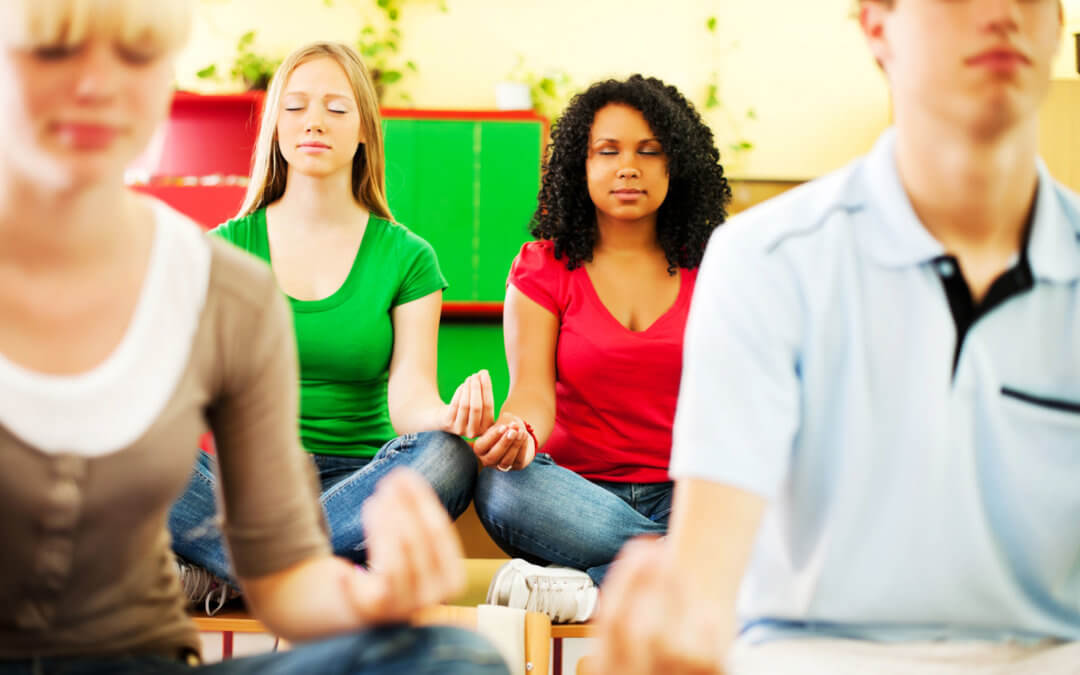 However, try to stick to it!
However, try to stick to it!
Try to meditate for shorter periods of time and develop over longer distances. The benefits of meditation will show over time, but only if you keep working on it.
College Student Meditation FAQ
Focus on your breathing. One of the most difficult aspects of meditation is maintaining the proper state of mind, which requires focusing only on the present moment. …
Let thoughts come to mind - and then let them go. …
Don't give up!
Students Those who practice meditation are more focused on each task they perform than those who do not meditate. He showed results in improved IQ at a significant level of difference between previous meditation practice and thereafter. nine0003
Recent studies show that meditation before you study can improve your reading comprehension, memory, concentration, stress and anxiety. … Below are five meditation techniques that can benefit your mind and physical well-being ahead of the Exams.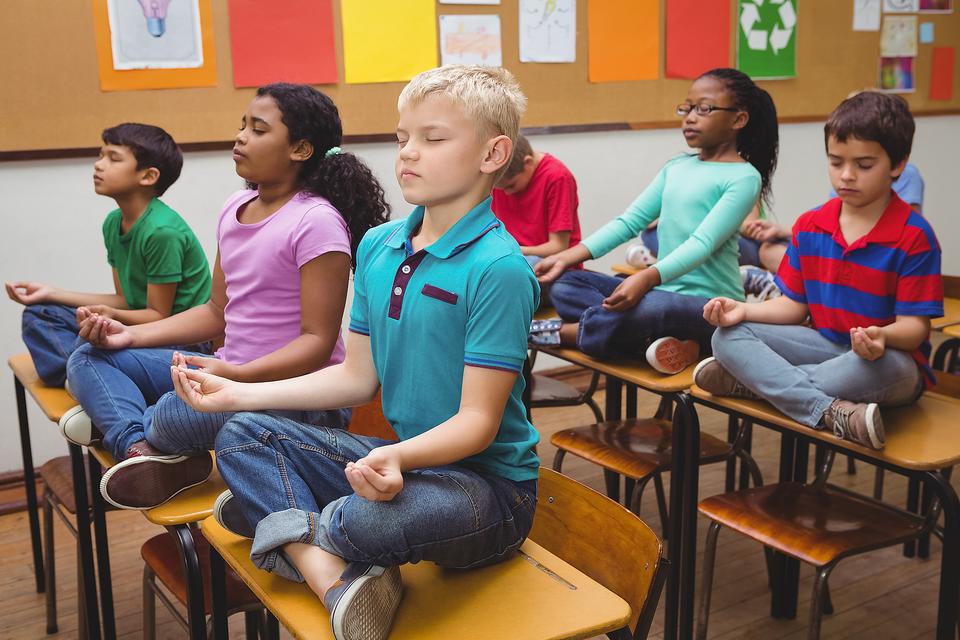
Conclusion
Meditation is particularly beneficial because, in addition to its many proven benefits for the body and mind, it leads to greater well-being. However, the truth is that it takes some effort, practice and commitment to unlock the benefits. Some people experience it almost immediately, while others find it takes time. nine0005 13 highly paid occupations in zoology | Wage Ranges
Five Benefits of Meditation for Students
La meditation is a practice that promotes mental care through silence. The student is under constant pressure to learn new knowledge, pass tests, study... However, intelligence is not measured in terms of continuous productivity, as rest is necessary. And meditation brings healthy rest to your mind. What are the five benefits of meditation for students? In this post, we will tell you about it. nine0003
What are the five benefits of meditation for students? In this post, we will tell you about it. nine0003
Index
- 1 1. Stress decrease
- 2 2. Increased happiness
- 3 3. increased concentration
- 4 4. Physical and mental well -being
- 5 5. Improvement of personal relations
1. Reduced stress 1.
Very often we do not think about the present, but about the near or potential future. These expectations create a constant interference with presence. Meditation helps you be present and know here and now. For this reason, through this discipline, you reduce stress, because through previous training you will learn to leave your mind blank. nine0003
Many centers offer meditation courses . If you are interested in learning this subject, by attending a specialized seminar you will find practical exercises that you can then do on your own at home.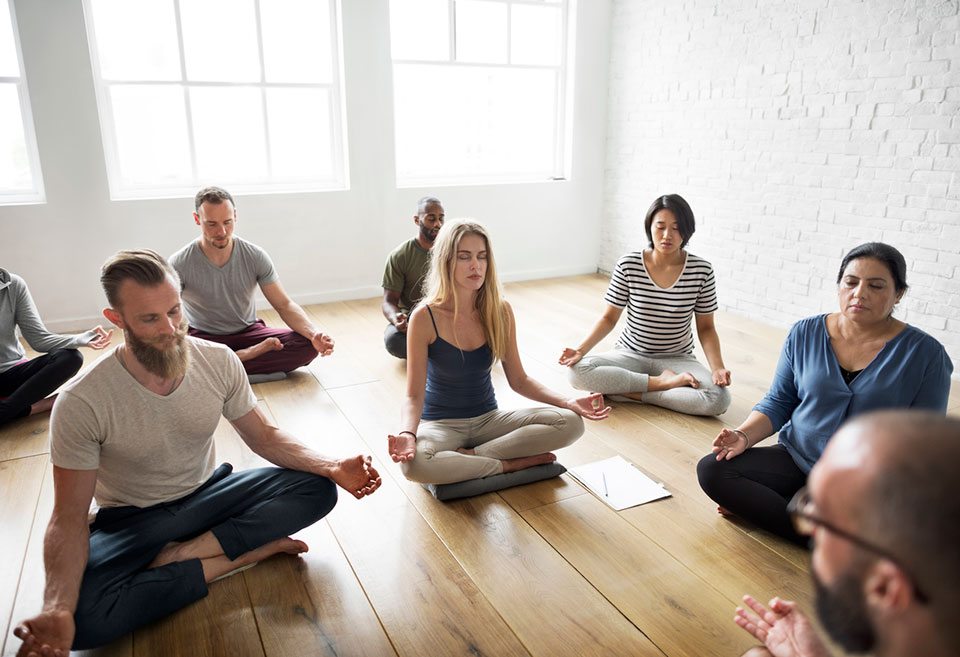
2. Increased happiness
Academic success is measured not only in terms of professional performance, but also in terms of happiness. And meditation noticeably increases your level inner joy Because this practice helps you focus not on your results in your studies, but on your self-esteem. nine0003
3. Increased concentration
With the help of meditation, you can increase conscious activation of attention at this point. Therefore, the practice of meditation Increasing the level of concentration during the study is beneficial to health. We currently have so many stimuli that we run the risk of developing distracted attention. Rather, meditation is a healthy discipline of mental peace.
You are learning to control your mind instead of being its slave. Think about times when you feel overwhelmed because you have so many ideas coming to your mind. Through meditation you learn not to identify yourself with these ideas. nine0003
nine0003
Controlling your breath also increases your mental readiness for learning.
4. Physical and Mental Well-Being
Meditation takes care not only of your mind but also of your body, as it is an essential discipline that contributes to your overall well-being. At relaxation level This mindful meditation improves the quality of your life while studying. In terms of posture, academic life is accompanied by the experience of sitting for a long time. For this reason, through meditation, you can improve your physical relaxation by reducing possible discomfort, such as back pain. nine0003
5. Improving personal relationships
Through meditation, you will achieve balance and harmony between the various areas of your life, you will see your entire reality in perspective. In academic life, personal relationships are also very important. Friendship and friendship are vitally needed at this time. Through meditation, you learn to take care of yourself by listening to all your emotional and psychological needs.

